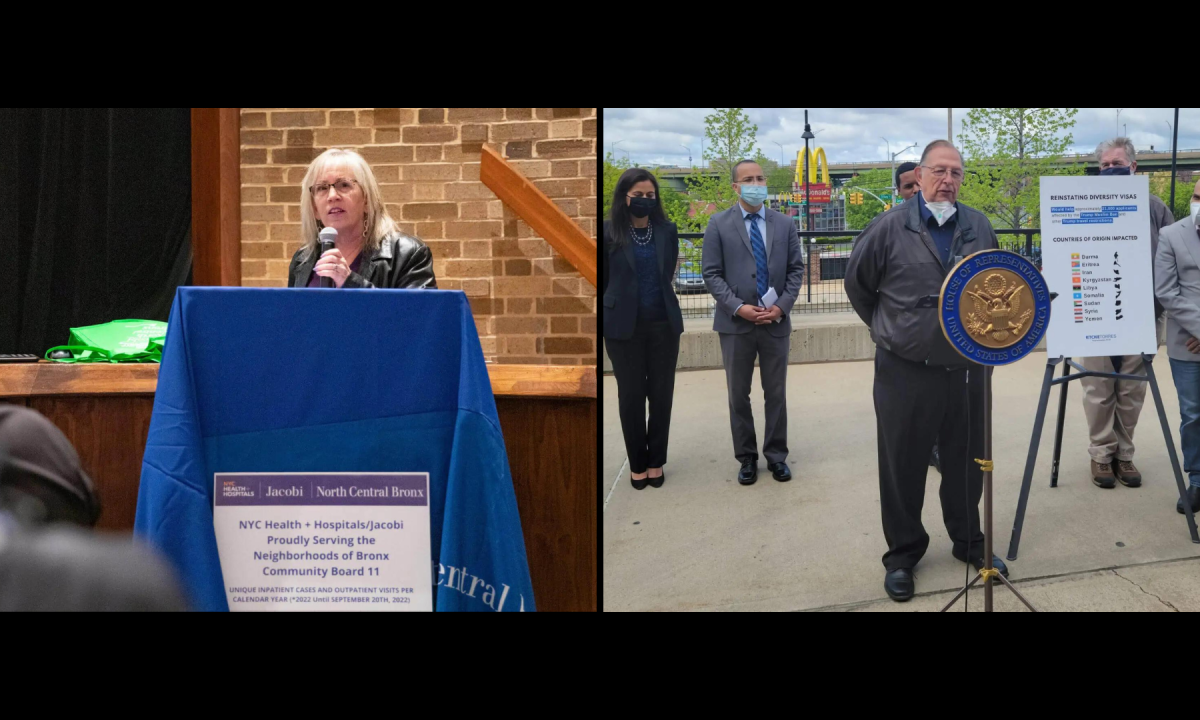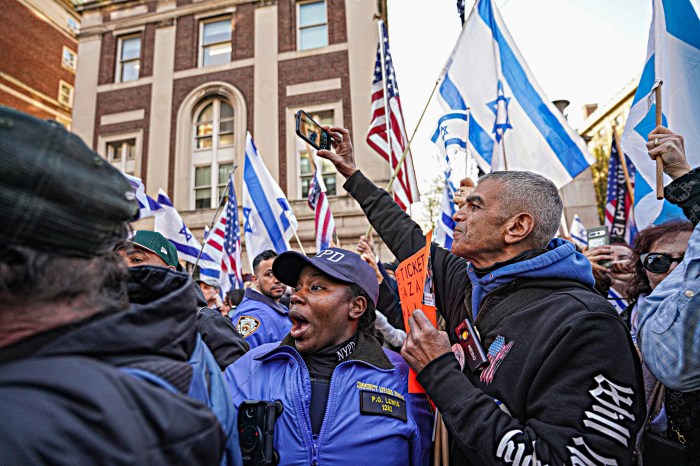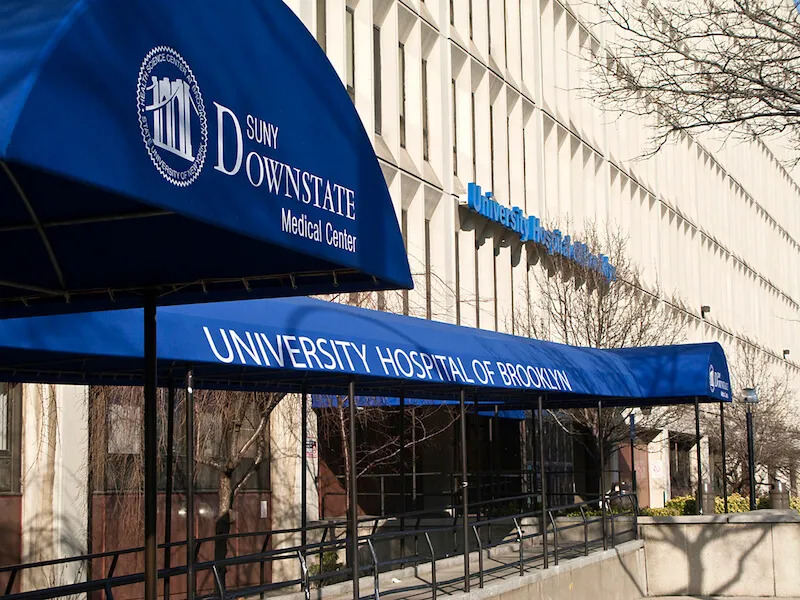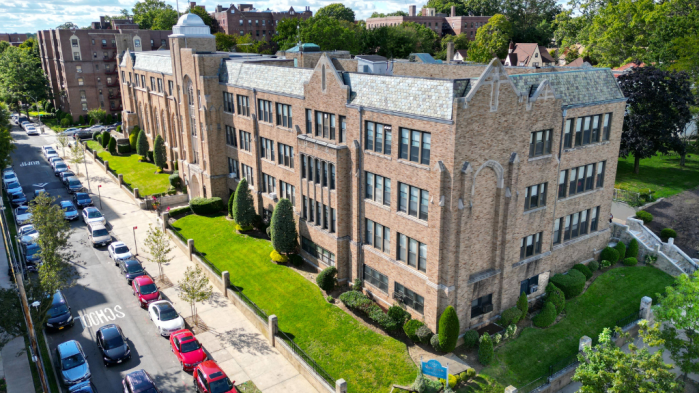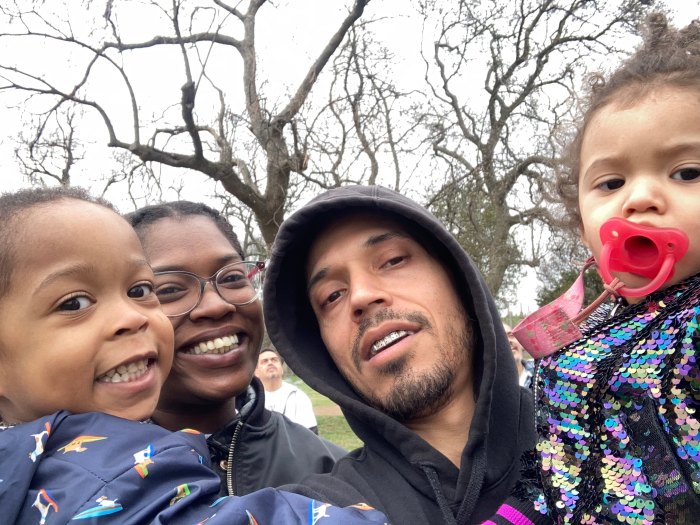The Black unemployment rate in NYC has significantly decreased since 2022, according to a report that the city’s Economic Development Corporation (EDC) released Friday.
The EDC, which releases an economic snapshot for the city each month, reports that Black unemployment in New York City fell from 10.7 to 7.9% from Jan. 1, 2022, to April 1, 2024, marking the first time since before the pandemic that the rate has fallen to below 8%.
The dramatic decrease aligns with NYC Mayor Eric Adams’ entire stint in office. According to the mayor, his administration played a big role in getting Black New Yorkers back to work due to a variety of efforts launched over the previous two years.
“At the start of our administration, more than 10% of our Black brothers and sisters were unemployed – and as recently as last January, Black New Yorkers were four times more likely to be unemployed than white New Yorkers,” Adams said. “While there’s so much work left to do, the data we’re releasing today shows that our efforts are working.”
One of those efforts includes the JobsNYC initiative, which aims to bring public and private job opportunities to economically disadvantaged communities, the mayor’s office explained. The administration also launched a new portal that connects job hunters to employers in need of staff.
Cutting racial employment disparity
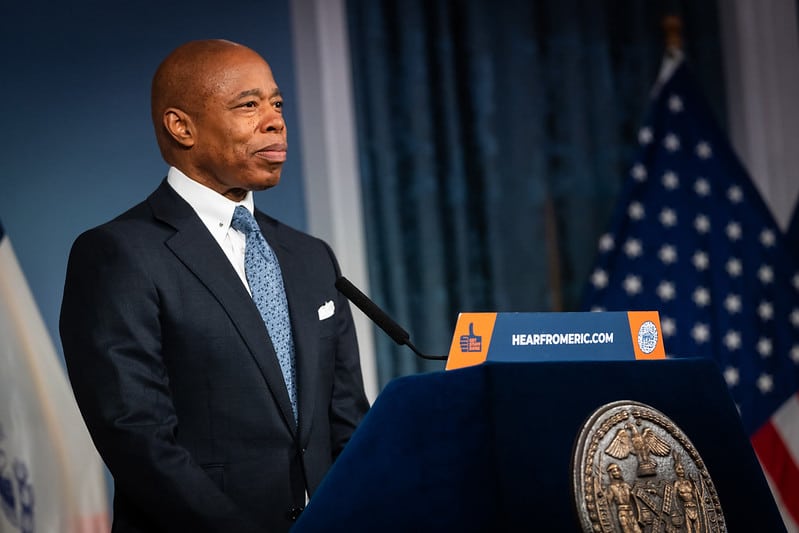
Adams also credits his Building Pathways for Young People initiative, which includes a $600 million young adult action plan that addresses employment disparities in the Black community, and expanding the city’s Summer Rising and Summer Youth Employment Programs.
“We’ve gotten Black unemployment down to its lowest point since 2019, and we’ve nearly cut the racial employment disparity in half,” Adams said. “But we’re not resting on our laurels – not until we get rid of those disparities and ensure that every New Yorker who wants a job can find one.”
But some New Yorkers have criticized the administration’s strategies for improving job availability, specifically when it comes to reforming the city’s minimum qualification requirements for entry-level civil service jobs. In June 2023, Adams removed the bachelor’s degree requirement for city jobs.
And in 2022, according to a New York Post article, fitness requirements for the NYPD were reduced in an effort to hire more cops.
“If you can’t pass the basic requirements for being a police officer, you shouldn’t be one,” a cop interviewed for the article said.
Helping business owners and new legislation
Officials from the mayor’s office said the administration is currently implementing new legislation that will “drive economic mobility for New Yorkers from economically disadvantaged communities by making sure that our dollars create jobs here in New York City.”
The city will see a new $25 million “business incubator” at the Brooklyn Navy Yard, which Adams said will help support minority and women-owned health and beauty businesses.
“We want to build real businesses that will have advancement and economic opportunities for women of color in general and specifically Black women,” the mayor said at a press conference announcing the project last month. “We came into office with a clear vision, everything from public safety, revitalizing our economy and just making the city more livable for everyone, leaving no one behind.”
The monthly EDC report for April also gave a breakdown of employment by industry. Although jobs in the natural resources and construction sector are down, the mayor’s Green Economy Action Plan aims to create nearly 400,000 green-collar jobs that support the environment by 2040, as well as a $1.1 billion LifeSci NYC initiative that includes a research and education campus in Kips Bay that will create 40,000 jobs over the next 15 years.
The mayor has also given more than 1,000 businesses over $80 million in capital, $55 million of which went to minority or women-owned businesses.











